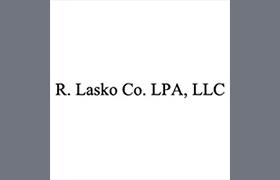Barberton Bankruptcy & Debt Lawyer, Ohio, page 4
Sponsored Law Firm
-
 x
x

Click For More Info:
-
R. Lasko Co. LPA, LLC
1406 W 6th St STE 200, Cleveland, OH 44113» view mapBusiness, Estate, Real Estate, Employment Competent Legal Representation
Let R. Lasko Co. LPA, LLC handle all your legal needs today!
216-574-2602
Jason Alan Butterworth
Real Estate, Health Care Other, Corporate, Commercial Bankruptcy
Status: In Good Standing
John Francis Martin
Real Estate, Electronic Commerce, Corporate, Commercial Bankruptcy
Status: In Good Standing
Michael Anthony Steel
Litigation, Environmental Law Other, Bankruptcy, Personal Injury, Estate Planning
Status: In Good Standing
Victoria Lynn Serrani
Corporate, Bankruptcy, Public Schools, Commercial Bankruptcy
Status: In Good Standing
David Lawrence Firestine
Construction, Real Estate, Litigation, Commercial Bankruptcy
Status: In Good Standing
Frank Joseph Witschey
Real Estate, Litigation, Estate, Commercial Bankruptcy
Status: In Good Standing
Jeffrey Thomas Witschey
Real Estate, Litigation, Corporate, Commercial Bankruptcy
Status: In Good Standing
 Ronald Lasko Cleveland, OH
Ronald Lasko Cleveland, OH AboutR. Lasko Co. LPA, LLC
AboutR. Lasko Co. LPA, LLC
